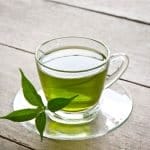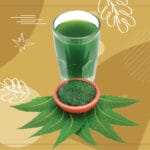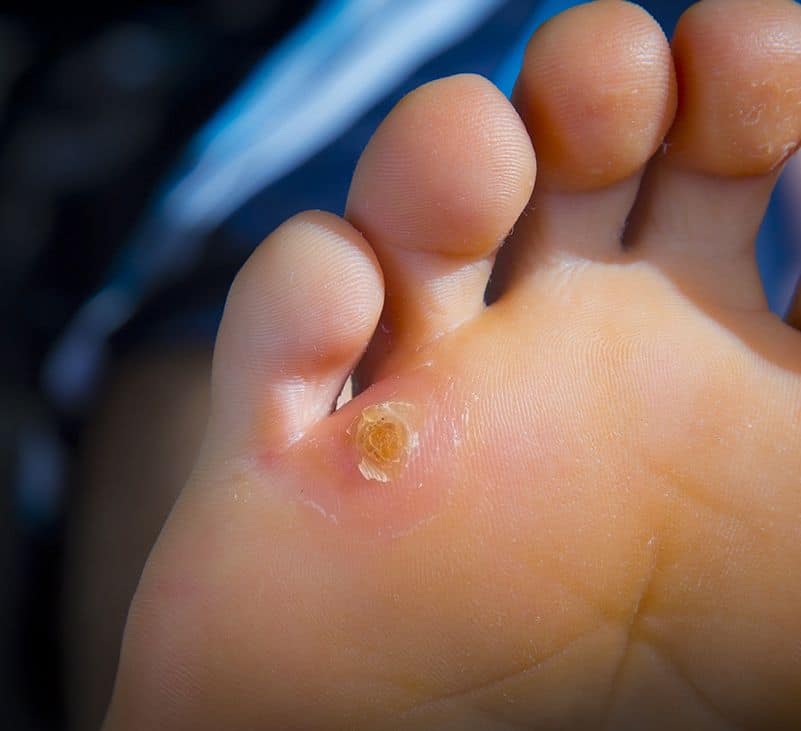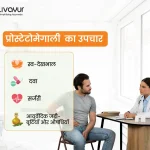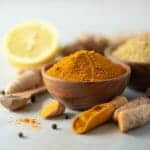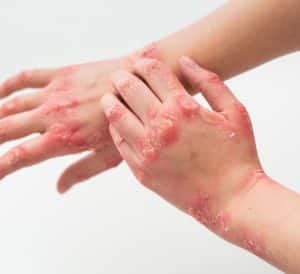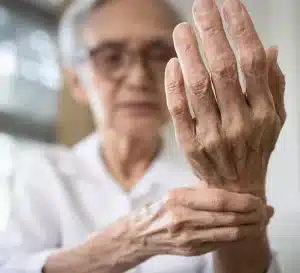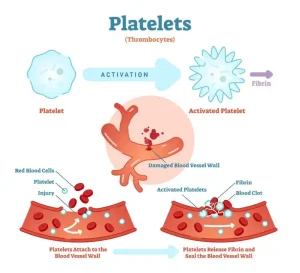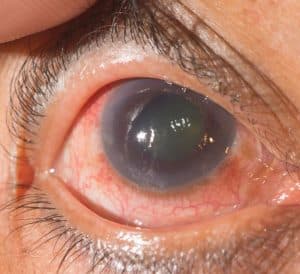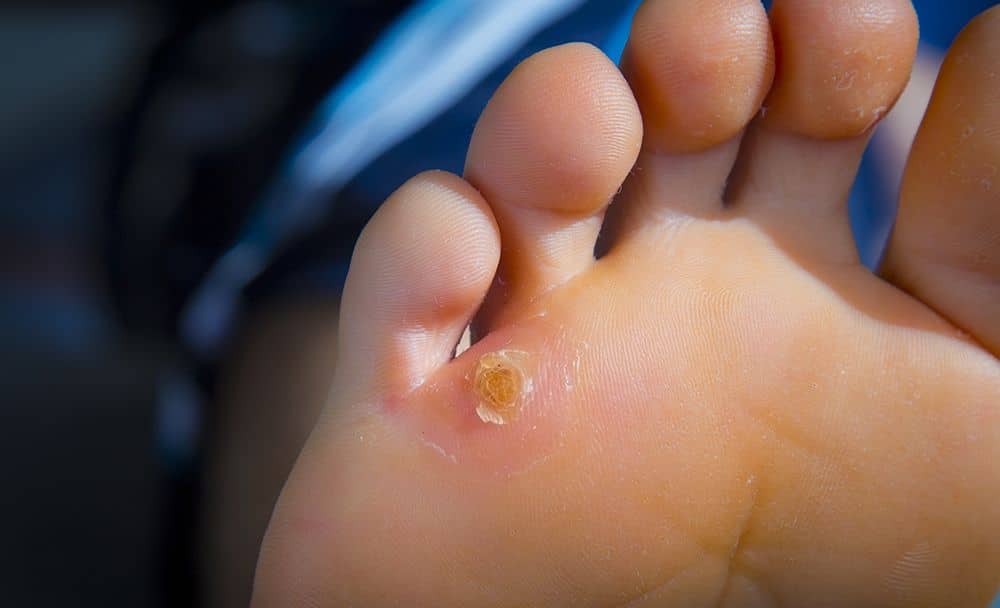
Corn of foot is a common foot condition that can cause discomfort and pain. They are areas of thickened, hardened skin that typically develop on the feet, especially on the toes and soles. Corns can be a result of pressure or friction on the skin due to ill-fitting shoes, abnormal foot mechanics, or repetitive activities. [1] Understanding the root causes and symptoms, and knowing the available treatments can help manage and prevent foot corn effectively. In this article, we will explore foot corn in detail, including foot corn causes, symptoms, and foot corn treatment options.
What is a Foot Corn?
A corn on foot, also known as a heloma, is a small, localized area of thickened skin that forms in response to pressure or friction. Corns typically have a central core of hard, dead skin called a nucleus, surrounded by inflamed and sensitive skin. They can be either hard or soft, depending on their location and the amount of moisture present. [1]
Causes of Foot Corns:
Ill-Fitting Shoes:
Wearing shoes that are too tight, of poor quality, are open, or have irregularities can increase the pressure on certain areas of the foot, and can be one of the leading foot corn causes.[1] Shoes that rub against the skin can cause friction, irritating the skin and triggering corn formation.
Faulty Foot Mechanics:
Structural abnormalities of the feet, such as cavovarus foot, short first metatarsal, Hallux regidus, and toe deformity, can contribute to the development of foot corns. [1] These conditions can alter the distribution of weight and increase pressure on specific areas, making them more susceptible to corn formation.
Intrinsic factors:
Presences of bony prominences (foot deformity) [2], prominent condylar projection, or malunion of a fracture can also be some of the foot corn causes. [1]
Symptoms of Foot Corns:
Thickened, Hardened Skin:
Corn on foot appears as areas of thick lumps of hard skin in a place that is regularly exposed to pressure or rubbing. They often have a central core that can be clearly defined and also painful. [3]
Discomfort and Pain:
Corn on foot can be painful, especially when pressure is applied to them. Walking or wearing tight shoes can exacerbate the discomfort and cause pain or tenderness in the affected area. [3]
Yellowish-beige color:
The surrounding skin of corn on foot may become yellowish-beige color, and the area between the toes is sometimes whitish in color. [3]
Treatment Options for Foot Corns:
Proper Footwear:
Wearing comfortable shoes that fit properly is crucial in preventing foot corn and is one of the best foot corn treatment. Choose shoes with enough room for your toes to move freely, and opt for low-heeled shoes that provide proper support and cushioning. [1]
Padding and Cushioning:
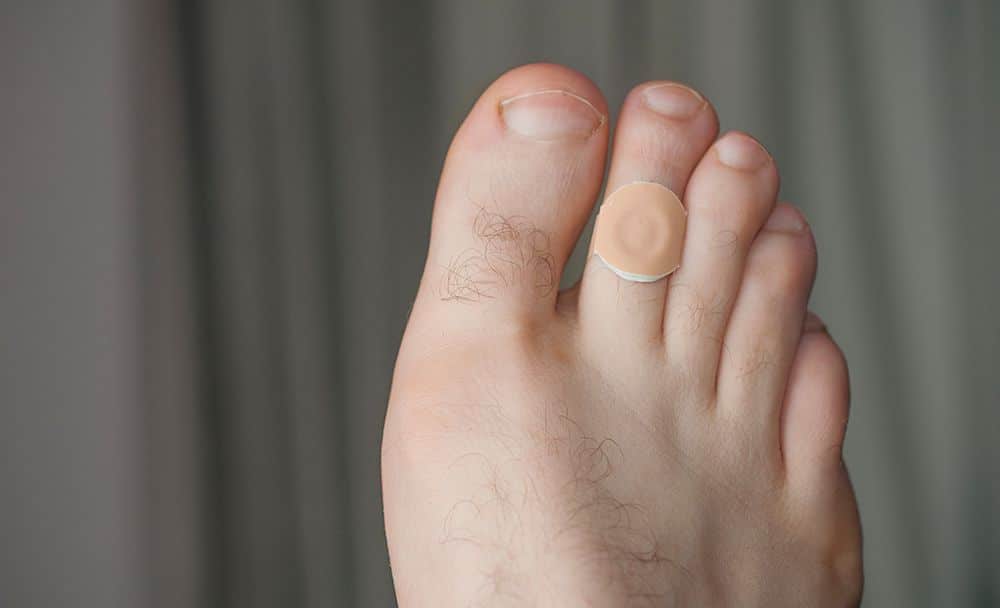
Placing protective padding or cushioning over the corn is a foot corn treatment that can help alleviate pressure and reduce discomfort. Lamb’s wool or deflective padding can be applied to the affected area directly to provide relief by inducing healing of the maceration. [1]
Topical medications:
Foot corn medicine, like Keratolytic medications containing salicylic acid, can be applied to the corn on foot as a pad or a solution to soften it. It is important to follow the instructions carefully and apply the Foot corn medicine only to the corn, avoiding the surrounding healthy skin. [2] Regular use can gradually remove the corn layer by layer.
Pumice Stone:
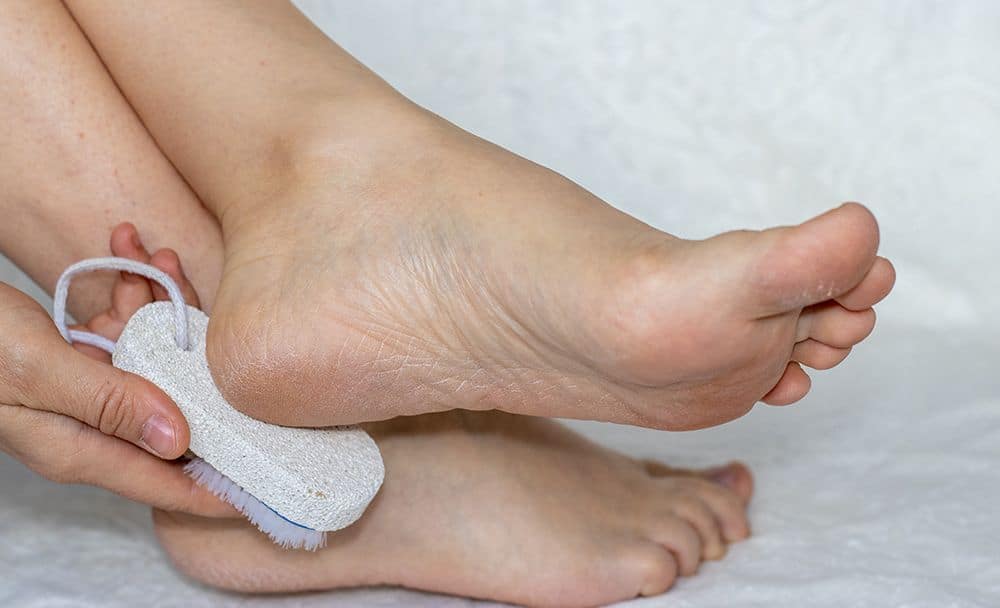
Soak your feet in warm water for 20 minutes to soften the skin, and then gently rub the area affected by corn with a pumice stone or emery board. This can help reduce the thickness of the corn and smooth out the rough skin. [1]
Orthoses:
If the corns are caused by abnormal foot mechanics, custom orthoses can help redistribute weight and relieve pressure on the affected areas. Doughnut-shaped corn pads, heloma shields, and silicone toe splints are available that can help with this condition. [1]
Medical Intervention and Surgery:
In severe cases or when self-care measures are ineffective, a healthcare professional may need to intervene. They can trim or remove the corn using sterile instruments with a local anesthetic if necessary, to alleviate pain and discomfort. [1]
FAQs
How can corn on foot be prevented?
Preventing foot corns involves taking proactive measures, such as wearing properly fitting shoes, using cushioning pads or inserts, and practicing good foot hygiene. Avoid excessive friction and pressure on the feet, and keep the skin moisturized to prevent dryness and cracking.
How to remove corn from foot through Ayurveda?
There are several Ayurvedic methods for foot corn removal such as:
1. Externally apply the milky juices of raw papaya and green figs (anjeer), oil extracted from the outer shells of cashew nut (Kaju), the pulp of raw potato, or a paste of licorice (mulethi).
2. Apply a paste of one teaspoon aloe gel and one-half teaspoon of turmeric. Cover the corn with the paste and fix a bandage overnight. Soak it in warm water for 10 minutes every morning, and give a daily massage with mustard oil followed by an application of kaaseesadi taila.
3. Soak your feet in warm water for 15 minutes and then take a piece of lemon peel or the skin of a ripe banana and scrub the corn with it. Next, tape it and leave it on overnight, and in three days, the corn should come off.
What is a permanent foot corn treatment?
Some of the permanent foot corn treatment include trimming away excess skin, using medicated patches, using shoe inserts, and surgery.
Conclusion:
Corn on foot can be painful and bothersome, but with proper understanding and care, it can be effectively managed and prevented. By addressing the underlying causes, wearing appropriate footwear, using padding and cushioning, and utilizing over-the-counter foot corn treatment like salicylic acid and pumice stone, you can alleviate discomfort and gradually accomplish foot corn removal. It is important to prioritize foot health, practice preventive measures, and maintain good foot hygiene to keep corn at bay.
Disclaimer:
This article is written from a health and wellness perspective only and is not a piece of medical advice. Kindly seek the help of a certified medical practitioner before initiating any treatment.
References:

